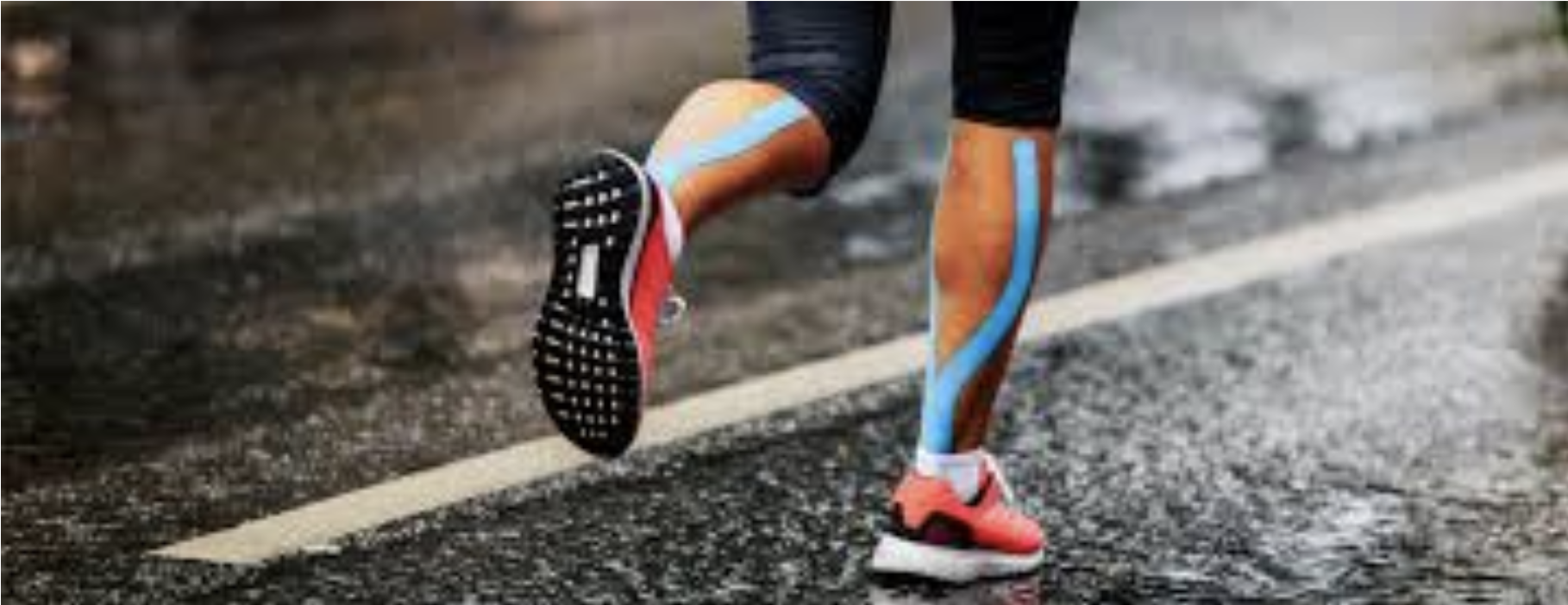Kinesio-Taping might be a possible tool inducing benefit on sport performance such as warm-up
Author: Alessio Rossi (UniPi)
Warm-up (WU) represents one of the most employed pre-exercise routines anticipating a physical activity, both in health-related and competitive sporting environments. It is widely considered effective to promote specific effects related (e.g., increased thermoregulatory strain and decreased resistance of muscles and joints) and non-related (e.g., post-activation potentiation and psychological effects) to temperature changes.
Typically, warm-up may occur actively and passively with the former and latter being capable of enhancing muscular function, eliciting potential improvements in performance. The Kinesio taping (KT) technique has been extensively studied in recent years due to its potential therapeutic effects not only in rehabilitation and sports medicine, but also in sport performance environments. Among its effects, KT is attributed to enhancing muscle power and strength of the treated muscle bellies, relieving pain, and promoting skin blood and lymphatic microcirculation.
In particular, the supposed capability to influence microcirculation may potentially mediate changes in skin temperature distribution such as WU, which is associated with subcutaneous perfusion. Likely skin temperature increases might contribute to minimizing the gradient between skin and muscle temperature in the attempt to limit muscle temperature drop.
The fact that KT might potentially mediate skin temperature changes together with its supposed capability to enhance muscle power and strength would qualify it as a possible tool to be considered during passive WUs. KT application promoted performance enhancement on maximal sprint cycling irrespective of pre-exercise routine resulting in a possible tool that combined with the active WU routine, inducing benefit on sprint performance.
Moreover, KT could be considered as an additional strategy to include within a passive WU, perhaps where an active WU is not feasible, to obtain an advantage in sports performance.
Reference:
- Rossi et al. BMC Sports Science, Medicine and Rehabilitation (2021) 13:77 https://doi.org/10.1186/s13102-021-00310-3

